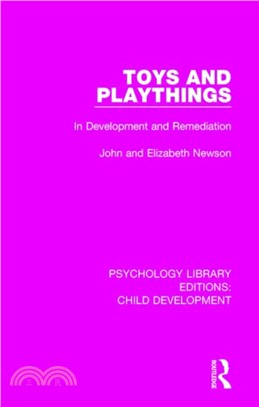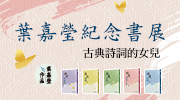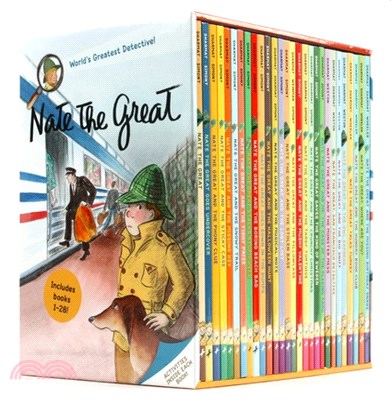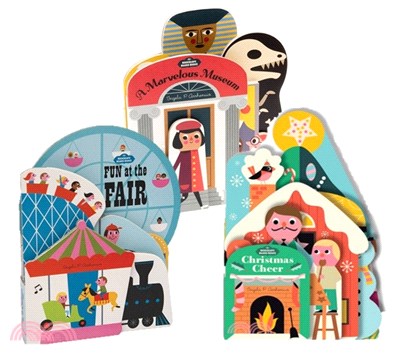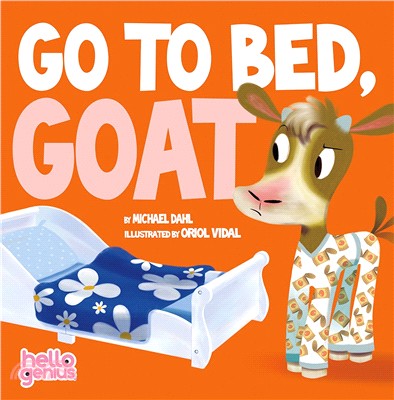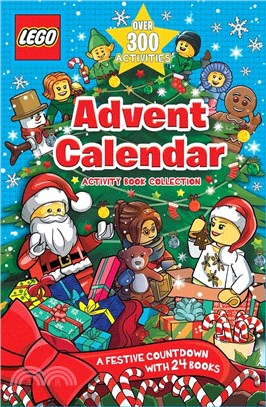Toys and Playthings:In Development and Remediation
商品資訊
系列名:Psychology Library Editions: Child Development
ISBN13:9781138506237
出版社:PBKTYFRL
作者:John Newson; Elizabeth Newson
出版日:2019/11/11
裝訂/頁數:平裝/280頁
規格:13.8cm*21.5cm*1.7cm (高/寬/厚)
商品簡介
相關商品
商品簡介
John and Elizabeth Newson were well known for their studies of child rearing, which have combined a rigorous research methodology with sympathetic insights into family life and a lively approach to scientific reporting. 'Path-breaking', 'brilliant', 'seminal', 'outstanding', 'fascinating', 'enthralling' and 'enchanting' are some of the adjectives used by critics to describe their previous books. They now turn their attention to toys, the 'pegs on which children hang their play', a study for which they are uniquely qualified.
Not only had they long experience in normal child development: they had been actively involved for many years in research and training in remedial play for disabled children, their research unit was a major influence in the phenomenal development of the toy libraries self-help movement, they designed for and advised the toy industry, and they had their own family-run specialist toyshop. With this background, it is not surprising that their book on toys and playthings is both informative and entertaining on many different fronts. Richly observant, it follows the child's development in play from using the mother or father as the 'first and best toy', through the exploratory and manipulative sequences, to the use of toys in ritual, symbolic or contemplative ways.
Against this detailed understanding of 'ordinary' children's growth points in play, the Newsons and their collaborators examine the special needs of disabled children, with a firm emphasis on how parents can help. What is more, in providing an intensely practical guide for the parents and teachers of the disabled child, they draw out comparative insights which are enlightening and absorbing for those whose children do not have such urgent problems. Once again the Newsons share with the reader the viewpoints and preoccupations of research workers in the field.
There is indeed a continual sense of 'work in progress', and nowhere more than in the chapter on using toys for developmental assessment, where the reader is given a hot line to a laboratory (i.e. playroom) notes used in their own research unit at the time in a welcome move away from the rigid test-bound assessment of 'special' children. The book is enriched by the authors' sharp awareness that the history of playthings has a far longer perspective than the history of child psychology.
They are not basically interested in educational toys as such, but in all the objects, made or found, on which the child hones his skill, his reasoning powers, his imagination, his emotions or his sense of humour. Fairground baubles, joke toys and poppy-head dolls are as much a part of this book as bricks, sorting boxes and teddy bears. In the Newsons' own words: 'We hope that people who simply like toys as objects will find something in this book to interest them; we suspect, indeed, that liking toys will be what all readers, whatever their reason for opening the book, have in common'.
Not only had they long experience in normal child development: they had been actively involved for many years in research and training in remedial play for disabled children, their research unit was a major influence in the phenomenal development of the toy libraries self-help movement, they designed for and advised the toy industry, and they had their own family-run specialist toyshop. With this background, it is not surprising that their book on toys and playthings is both informative and entertaining on many different fronts. Richly observant, it follows the child's development in play from using the mother or father as the 'first and best toy', through the exploratory and manipulative sequences, to the use of toys in ritual, symbolic or contemplative ways.
Against this detailed understanding of 'ordinary' children's growth points in play, the Newsons and their collaborators examine the special needs of disabled children, with a firm emphasis on how parents can help. What is more, in providing an intensely practical guide for the parents and teachers of the disabled child, they draw out comparative insights which are enlightening and absorbing for those whose children do not have such urgent problems. Once again the Newsons share with the reader the viewpoints and preoccupations of research workers in the field.
There is indeed a continual sense of 'work in progress', and nowhere more than in the chapter on using toys for developmental assessment, where the reader is given a hot line to a laboratory (i.e. playroom) notes used in their own research unit at the time in a welcome move away from the rigid test-bound assessment of 'special' children. The book is enriched by the authors' sharp awareness that the history of playthings has a far longer perspective than the history of child psychology.
They are not basically interested in educational toys as such, but in all the objects, made or found, on which the child hones his skill, his reasoning powers, his imagination, his emotions or his sense of humour. Fairground baubles, joke toys and poppy-head dolls are as much a part of this book as bricks, sorting boxes and teddy bears. In the Newsons' own words: 'We hope that people who simply like toys as objects will find something in this book to interest them; we suspect, indeed, that liking toys will be what all readers, whatever their reason for opening the book, have in common'.
主題書展
更多
主題書展
更多書展今日66折
您曾經瀏覽過的商品
購物須知
外文書商品之書封,為出版社提供之樣本。實際出貨商品,以出版社所提供之現有版本為主。部份書籍,因出版社供應狀況特殊,匯率將依實際狀況做調整。
無庫存之商品,在您完成訂單程序之後,將以空運的方式為你下單調貨。為了縮短等待的時間,建議您將外文書與其他商品分開下單,以獲得最快的取貨速度,平均調貨時間為1~2個月。
為了保護您的權益,「三民網路書店」提供會員七日商品鑑賞期(收到商品為起始日)。
若要辦理退貨,請在商品鑑賞期內寄回,且商品必須是全新狀態與完整包裝(商品、附件、發票、隨貨贈品等)否則恕不接受退貨。



